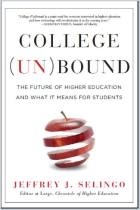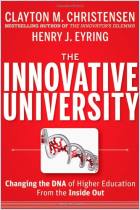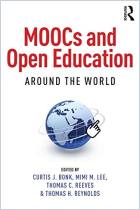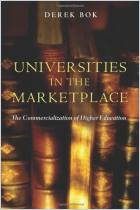Únase a getAbstract para acceder al resumen.

Únase a getAbstract para acceder al resumen.
Ben Wildavsky
The Great Brain Race
How Global Universities Are Reshaping the World
Princeton UP, 2010
¿De qué se trata?
Globalization isn’t just changing business; it’s also changing higher education, everywhere.
Recommendation
Given Ben Wildavsky’s focus on higher education, you might assume that only educators would be interested in his book. Don’t make that mistake. Certainly anyone in higher education should read it to understand the forces reshaping that world, and so should secondary teachers and advisers, who need to guide their students. But Wildavsky’s book deserves a wider audience. He convincingly analyzes the changes in higher education as part of globalization and shows how these trends affect international economics. getAbstract recommends this thorough study primarily to educators, but also to those interested in human resources, strategic planning, the industry of education and widespread social trends that are reshaping the world economy.
Summary
About the Author
Ben Wildavsky is a senior fellow at the Kauffman Foundation as well as a former education editor of US News & World Report.



















Comment on this summary